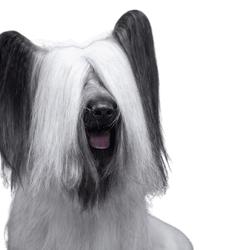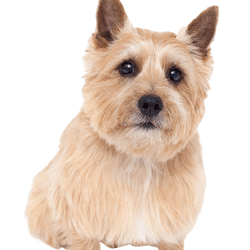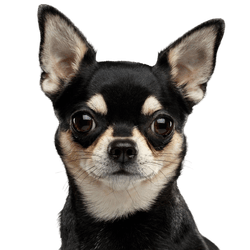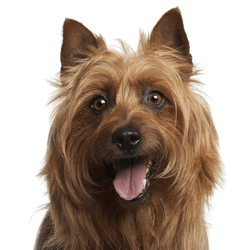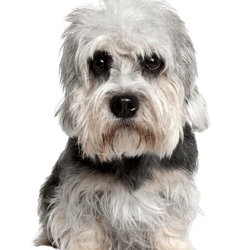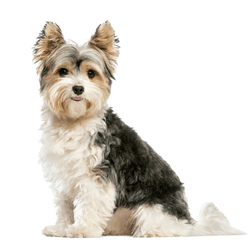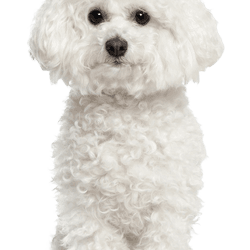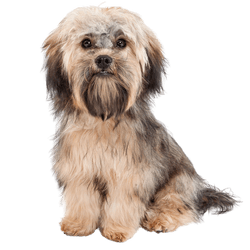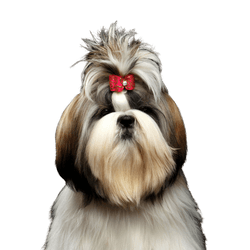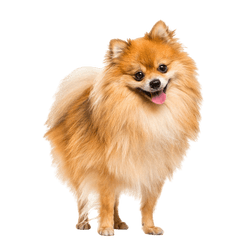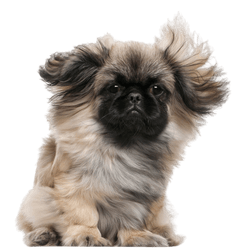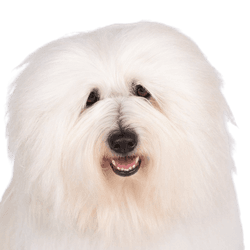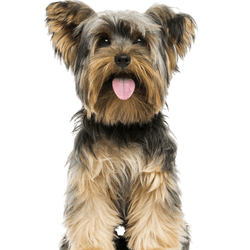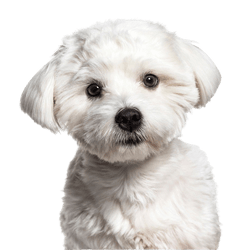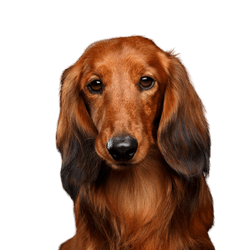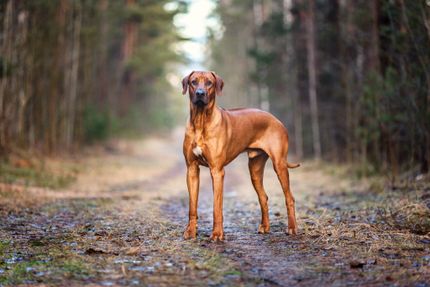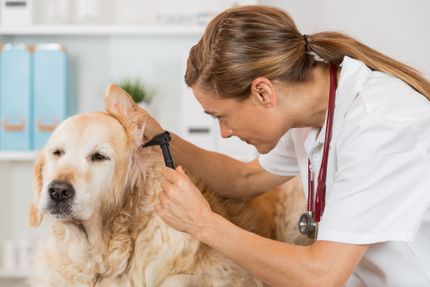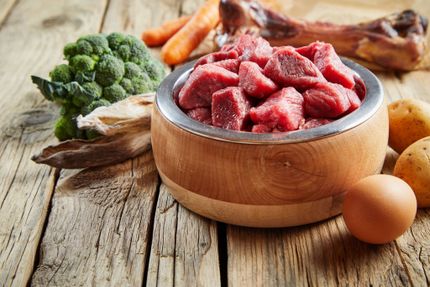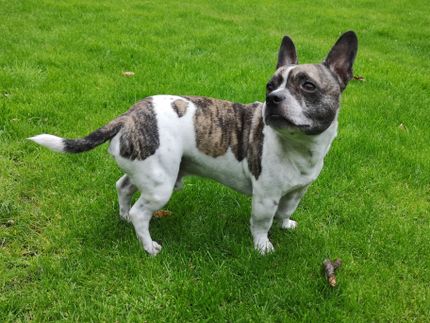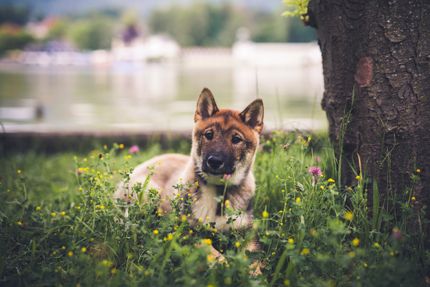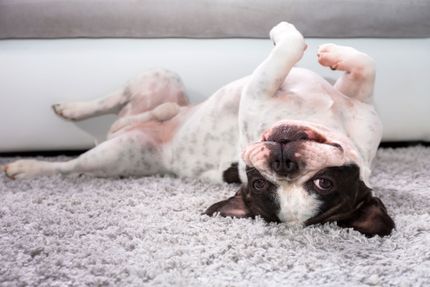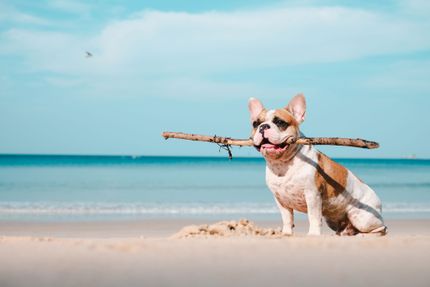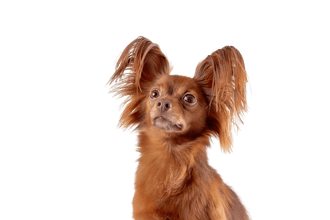
Russkiy Toy Breed description: Character & Co
Russkiy Toy
Facts & Origin
What is the origin of Russian Toy Terrier ?
Russian Toy Terrier is also called Russian Toy or Russkiy Toy - is a decorative miniature dog breed, which over the years has not lost its popularity. These mischievous and funny pets do an excellent job in the role of an emotional companion and, if necessary, a fearless defender.
The history of the emergence of the Russian Toy Terrier dates back to the 50s of the last century, when Russian breeders began to create a new decorative breed. The English cuddly toy terriers were attracted to their parents, considered excellent mousers in their homeland, and were brought to Tsarist Russia in the mid-19th century.
The dogs liked the Russian nobility and soon became the personification of wealth and position in society.
What are the breed characteristics of the Toy Terrier ?
Russian Toy Terrier, often called "Toychik" in everyday life, is a small, elegant and very active dog. Adults are characterized by lean muscles, thin bones and weak sexual dimorphism, which is clearly visible only in the behavior of animals.
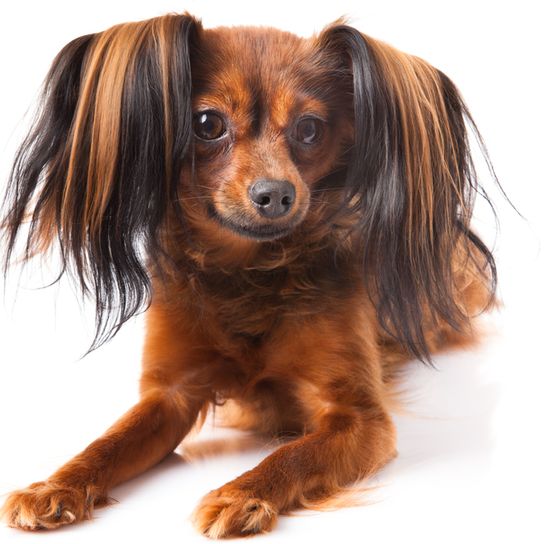

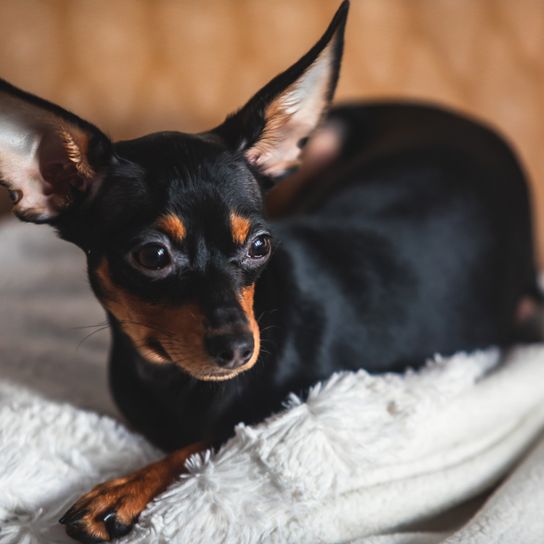
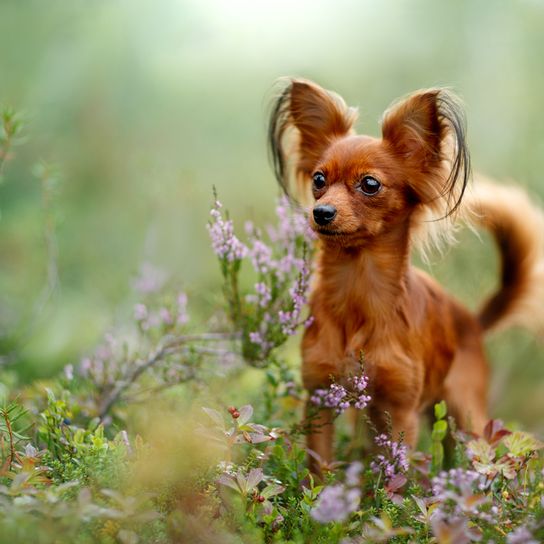
| Alternate Name | Russian Toy, Russian Toy Terrier |
| Origin | Russia |
| Life expectancy | 10 - 18 years |
| Care requirements | low-maintenance |
| Activity level | low |
| FCI group | Continental Toy Spaniel and others |
| AKC group | Miscellaneous Group |
| KC group | Toy Group |
Attitude, character and temperament of the breed
What are typical characteristics of the Toy Terrier ?
Russian Toy Terriers are extremely playful and energetic dogs that get along well with other pets and people. However, due to the unstable psyche and stress levels, it is not recommended to bring such animals to noisy places. For the same reason, the Russian terrier should not be kept in a house where there are noisy children, otherwise the dog will bark a lot and will be constantly under stress, which will negatively affect mental health. When faced with a calm and helpful stranger, the dog behaves the same way towards him. He quickly makes contact with guests who come to the house and has them ironed and picked up. When young, he does not hesitate to chew on furniture legs and shoes, complicated by his miniature size and ability to reach inaccessible corners of the apartment. To avoid damage to property, the freedom of movement of the puppy should be limited to a room where it may be desirable to remove everything unnecessary.
Character
Usage
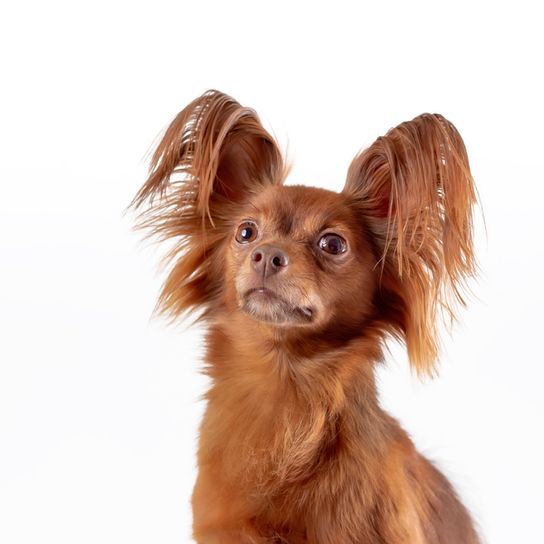

Health and breeding information
What are typical diseases in the Russian Toy Terrier?
Russian Terrier needs active walks. Therefore, special attention should be paid to physical exertion. Changing to a lifestyle can help prevent obesity, which most toy people are prone to, and allow your pet to expel the energy accumulated during the day. Dogs love to run off leash, but can be let loose if they have absolute confidence in their friendship. If a dog is constantly forced to dog, it is not recommended to walk it on a leash in public places. When walking in cold weather, dogs should wear clothes, as they can not tolerate the cold and do not catch cold quickly. As a result, a 4-month-old baby is not inferior to an adult dog in terms of mental development. However, it should be noted here that these data are quite average, since not only genetics, but also housing conditions, diet and care affect the growth of puppies. Therefore, special attention should be paid to these points and, in particular, monitor the presence of protein food in the pet menu. In addition, excessive exercise with sedentary behavior, as well as exercise, can damage the formation of bone tissue and cause diseases of the musculoskeletal system.
What to consider when breeding Russian Terriers?
Despite its small size, the Russian Terrier is an active dog; however, moving less than other breeds is enough for the dog to become tired. He needs daily exercise to stay happy and healthy. He likes dog park visits. He usually wants to participate in all activities that involve his family. These prerequisites are paramount when it comes to a healthy breed for generations.
How much does the Russian Terrier cost?
You can buy a puppy for about 650 Euros from private breeders. Here you should also get information about the parents if possible.


Appearance and coat of the terrier
As for the coat, there are two types of the Russian terriers - stylish soft and long-haired dogs. In dogs of the first type, the coat is short, close to the body and does not contain an undercoat. Representatives of the second body type are covered with smooth or slightly wavy 3-5 cm long hair, which, despite sufficient hair length, does not hide the natural curves of the body. The hair on the head and the front of the legs is rather short, although there are streaks on the back of the limbs. Their paws are also covered with long hair that completely hides the claws.
How big do Russian Toy Terriers get and how many pounds do they weigh?
The biggest difference between dwarf dogs of other small breeds is their size and weight. For example, males of both types of Russian Toy Terriers grow only 28 cm and 25 cm. Their weight ranges from 2 to 3 kg and depends on the sex and age of the pet. If the growth of an adult individual does not exceed 20 cm, and its weight is less than 1 kg 800 g, such a dog is considered a mini toy terrier, and the "micropup" is usually found in the litter of standard-sized parents.
How old do terriers grow?
Russian terriers actively grow up to 4-5 months. After reaching this age, growth accelerates and the animal gradually gains muscle mass. It should be noted that during the intense physical development of puppies, brain activity is also actively developing. As a result, a 4-month-old baby is not inferior to an adult dog in mental development. On average, the dogs live to be 10 years old.
| Fur length | medium |
| Fur | flat coated |
| Ear shape | Tilt-ear |
| Tail | lang |
| Anatomy | slim |
| Size ♀ | 25 - 28 cm |
| Weight ♀ | 1 - 3 kg |
| Size ♂ | 25 - 28 cm |
| Weight ♂ | 2 - 3 kg |
| Suitable For | - |
Colors


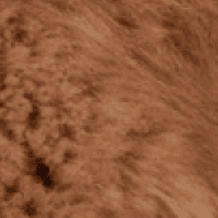
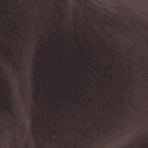
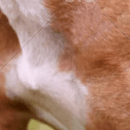
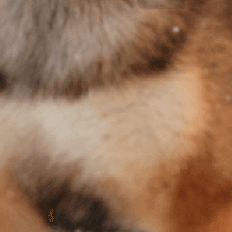
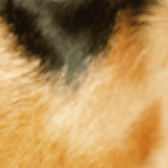



Known Diseases
Overweight
Often, unfortunately, the dogs very much under excess weight. But the dogs themselves are never to blame!
Other small dogs
Useful Articles
You can find articles that might interest you in the dogbible blog to match your favorite breed.
Visit our magazineto stay up to date on dog trends.
To find out more, view our Privacy Policy
Find here the breed that suits you and find out what character traits it has. Here you can also learn more about the origin, size and weight of your favorite breeds.
Matching your favorite breed, you'll find articles that might interest you on the dogbible dog blog.
Dog ran away - what to do if the dog is gone?
Second dog: This is what you have to consider when introducing each other
Dogs at the wedding - here's how you can incorporate your favorite one
